David Hacker-Fleming, a golfing life
One writer of this blog post loves golf and not David Hay Fleming; the other loves David Hay Fleming and not golf. So, what brings them together? Well, that would be golf and David Hay Fleming (or Hacker-Fleming, as perhaps he should be known – in golfing circles…).
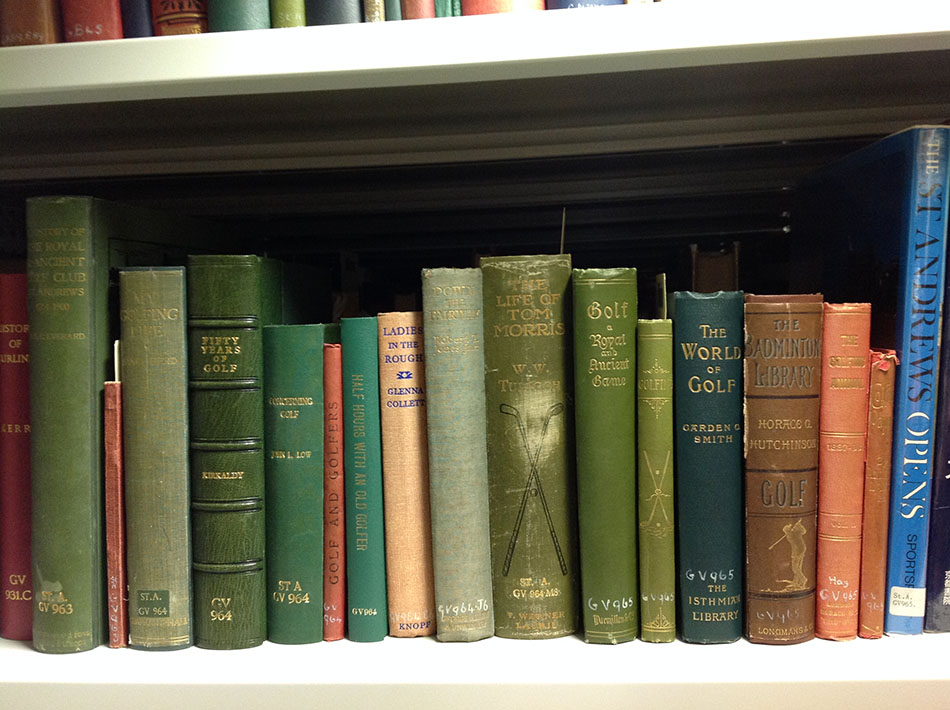
Amongst David Hay Fleming’s modest collection of golf books is Golfing: a handbook to the royal and ancient game, which has some exciting annotations at the end. Hay Fleming would often annotate his books, but this was no mere “see so-and-so about ‘x’ matter”. Following the printed text there is a leaf labelled “Memoranda of matches played, &c.”, with 17 blank pages for the owner to do exactly what it says on the tin: record the matches which they have played.
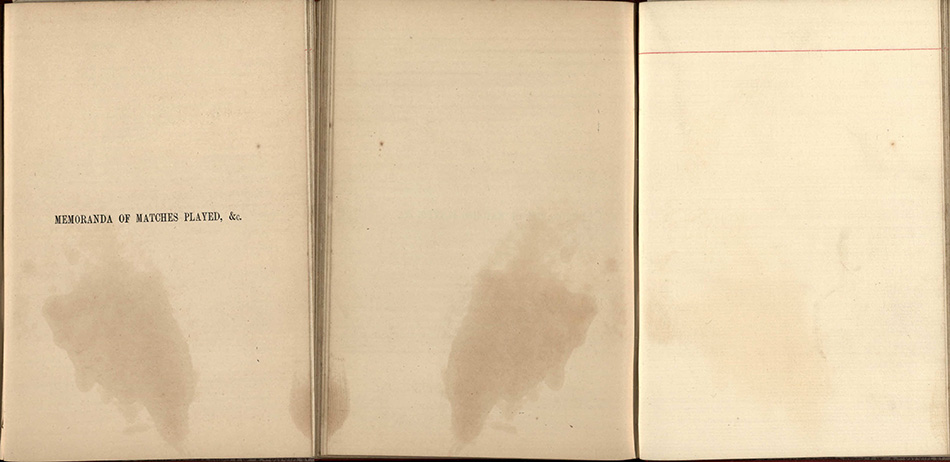
Hay Fleming was nothing if not meticulous, as his notes at the end of his copy of Golfing bear testimony . He wrote: “28th May 1888. Bought a driver, putter, cleek [mid/long iron] and 4 balls from Tom Morris. 15/-. During the first week took on an average about 15 strokes to each hole; played first complete round with Mr Angus on the 7th of June; and first foursome on the 11th June as noted below.”
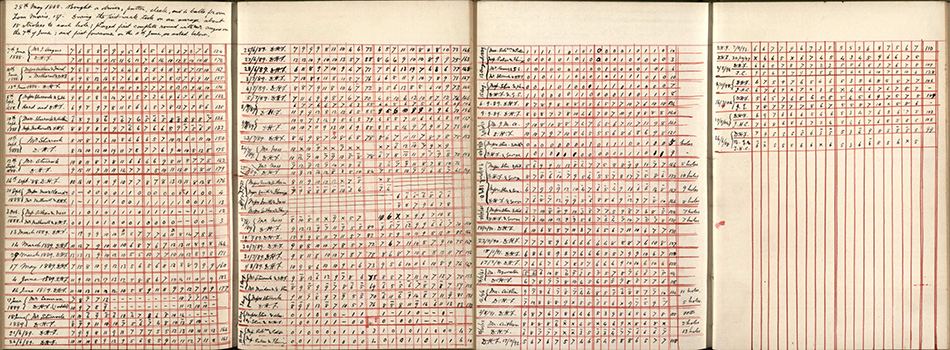
And boy did he ‘note below’ – although it seems unlikely that the recorded scores represent every round he played, they do provide a snapshot of his game evolving over 20 years, with the last entry recording a round of 99 on 26th June 1908. It is tempting to imagine that this 99 was the day that, after two decades, Hay Fleming finally broke 100 round the Old Course and subsequently retired to the West Sands for a ceremonial burning of his hickory shafted clubs. Certainly he did not record any more scores in this particular volume.
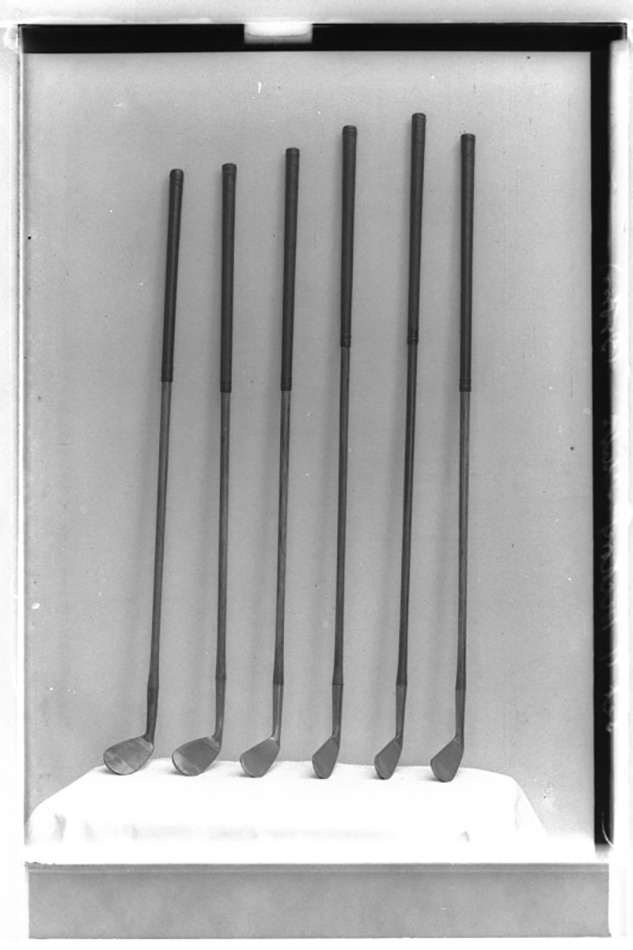
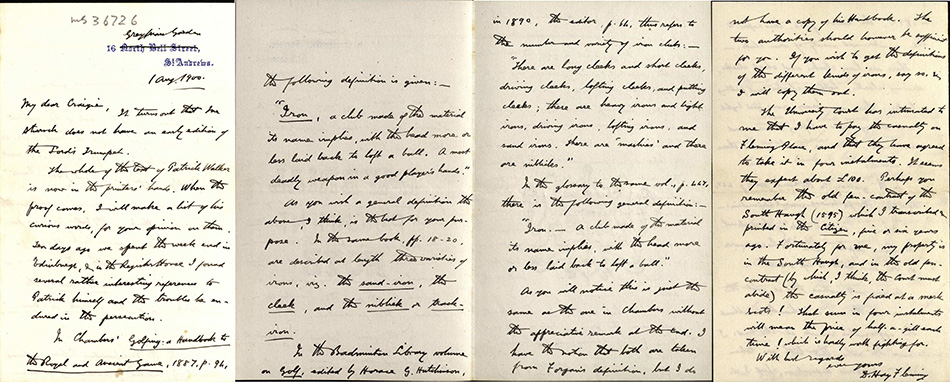
Hay Fleming’s attention to detail enables us to analyse his rounds hole by hole, for he doesn’t merely note the final score. Would a 21st Century beginner be any better? Hay Fleming was 39 when he forked out 15 shillings for his golf kit, so did not have the excuse of infirmity; but neither did he have the elasticity of youth – a fairly typical middle-aged, middle-class tyro such as we see today. The equipment, however, was not on his side.
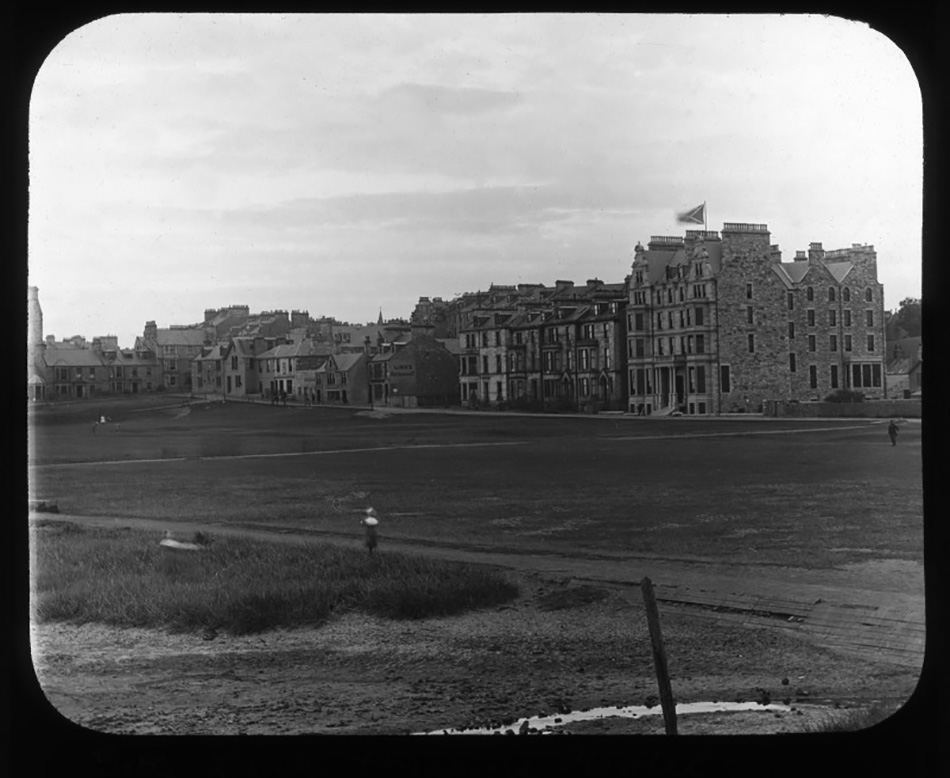
Notwithstanding the fact that until the very late 20th century drivers were notoriously tricky to hit straight, Hay Fleming’s solitary iron club must have caused him immense difficulties – no lofted irons were bought at all, thus (more or less) negating any attempt at bunker recovery or extrication from thick rough. Was Old Tom playing a trick on DHF or did the curmudgeonly historian refuse sage advice and restrict himself to a meagre three clubs in some sense of Presbyterian frugality?
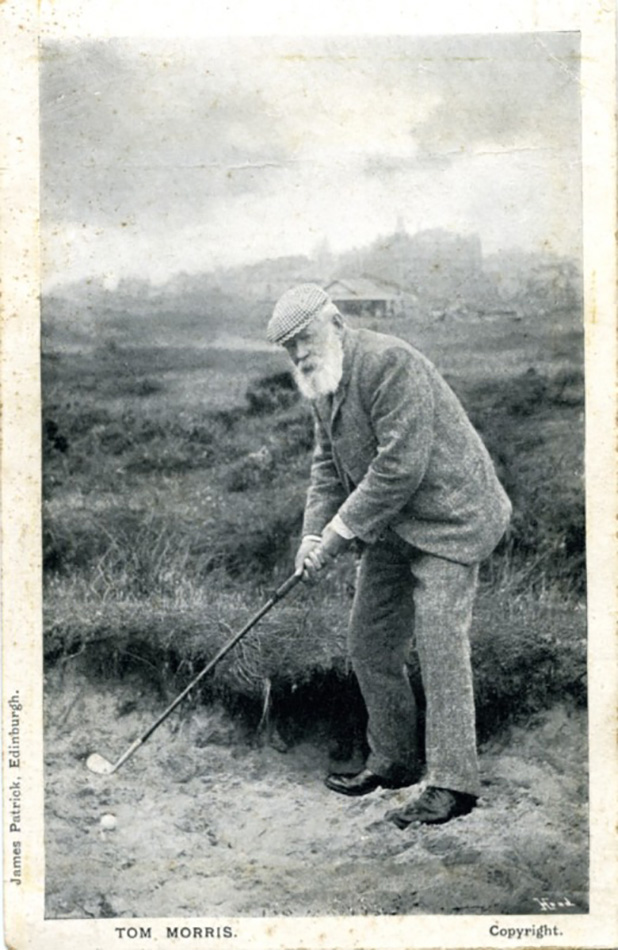
In any event, Hay Fleming would not nowadays be allowed to hack his way around the Old Course, often taking more than 170 shots in the process. The Links Trust has, understandably given the popularity of the course, restricted access thrice-fold: through availability, through affordability and through ability – for men, a valid handicap of 24 or lower is required before a feverish swipe on the first tee is allowed.
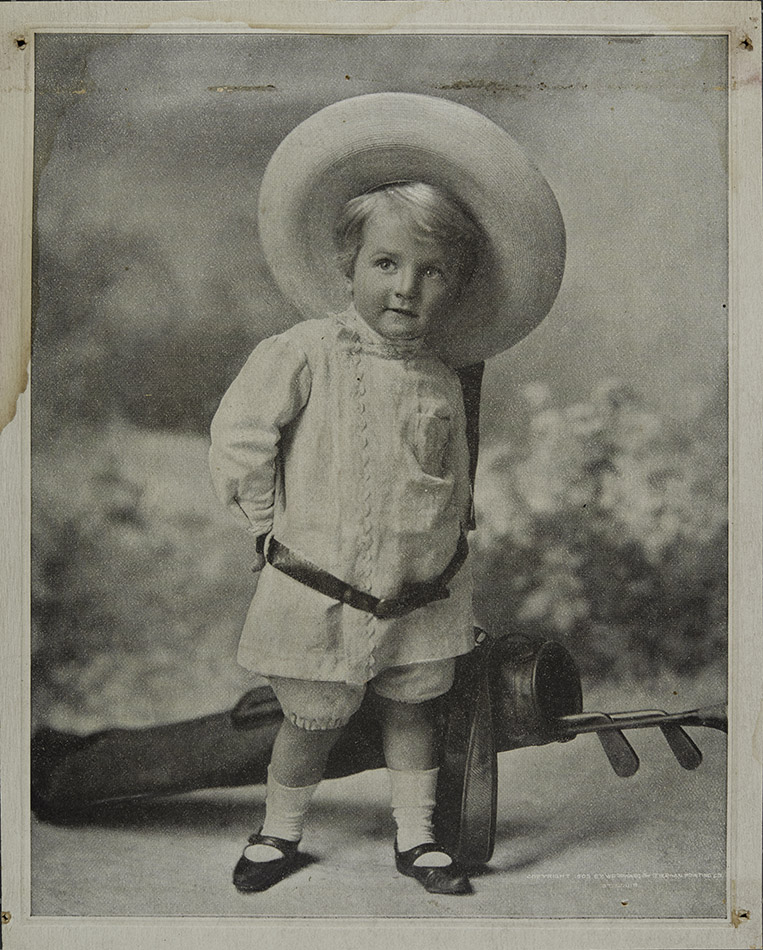
Even considering the difficulties of equipment, Hay Fleming was clearly not a good golfer. As a native of St Andrews one could be forgiven for imagining that he would have grown up with the game – maybe he did and thus had even less excuse for his astonishingly bad play. The only way to put his scores into some sort of context would be to persuade the Links Trust to open up the course to a complete novice for one day – someone who has never swung a club – and arm them with just a driver, a putter and a four iron. It’s probable that a very similar score would be accrued; one would hope, however, that with even the most basic of training regimes, it would take a good deal less than 20 years for the modern beginner to break 100.
David Hay Fleming was a bad golfer who made very slow progress and even his round of 99 would have been painful for any player in the group behind, despite containing an admirable five pars using modern scoring methods.
Trevor Ledger (with a little help from Briony Harding)
Golf Collections Project Cataloguer